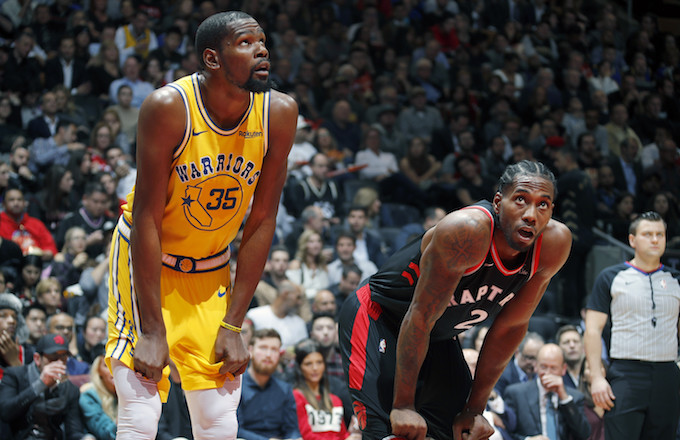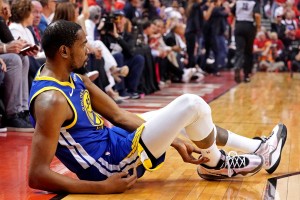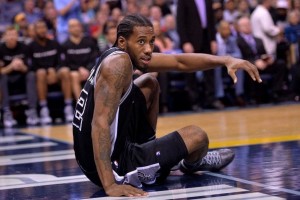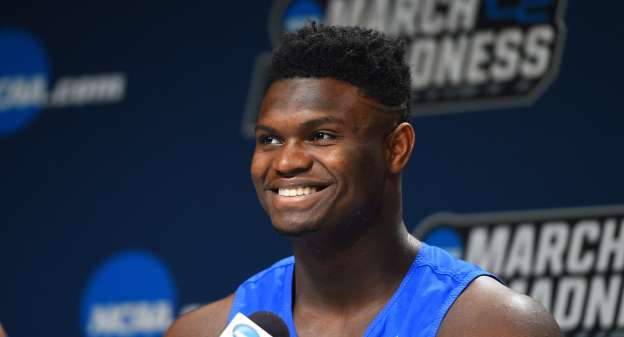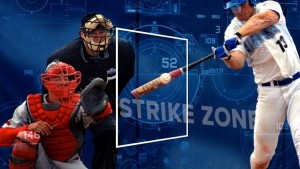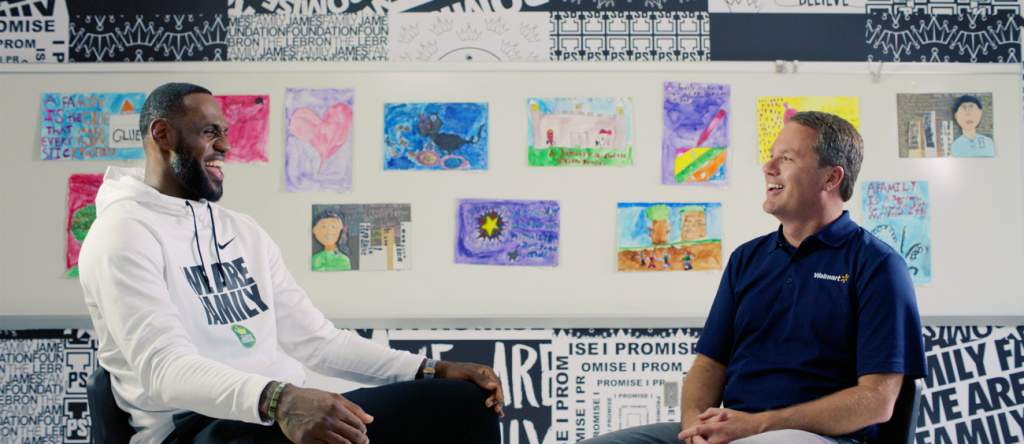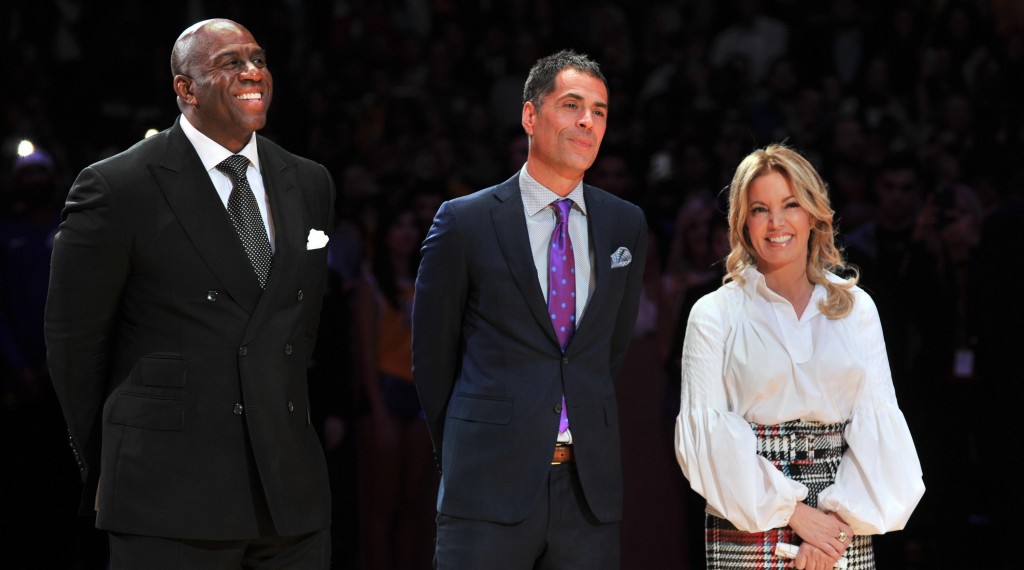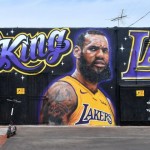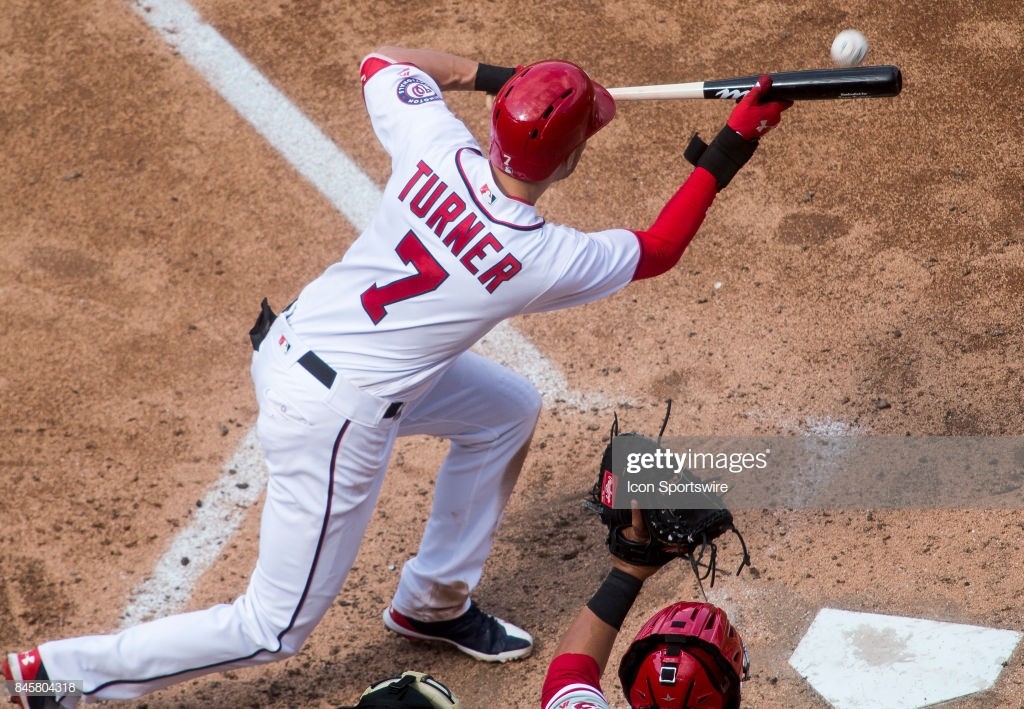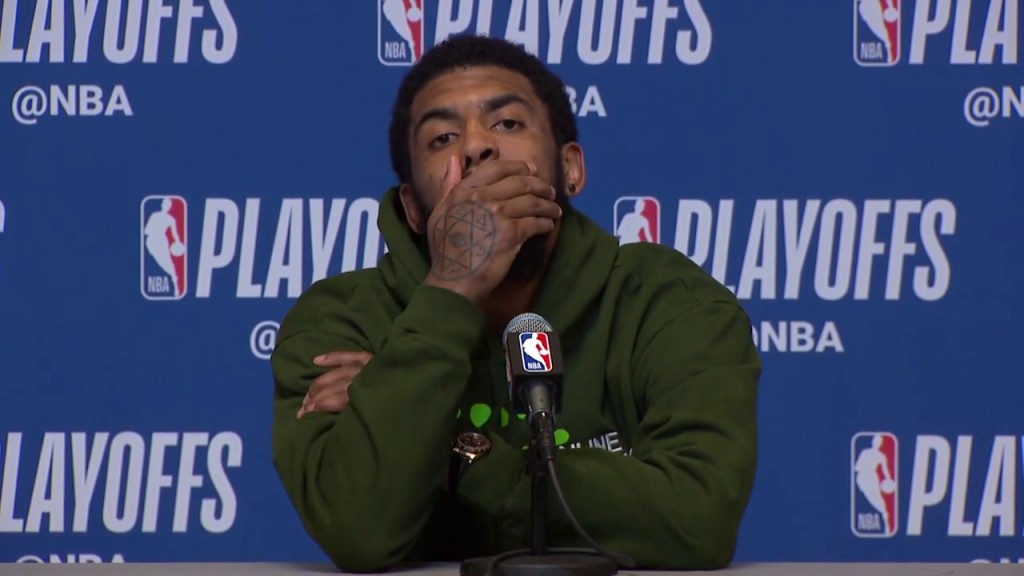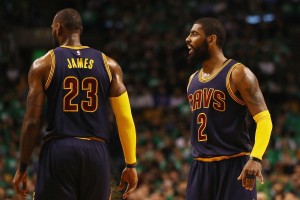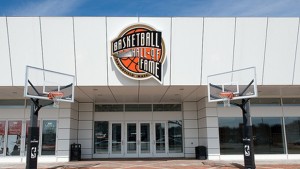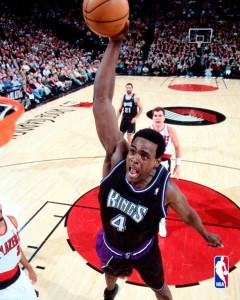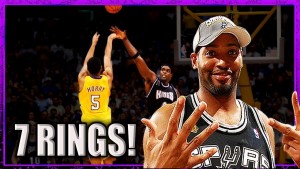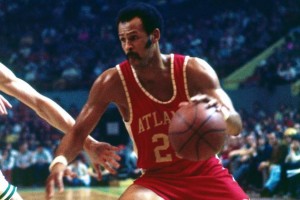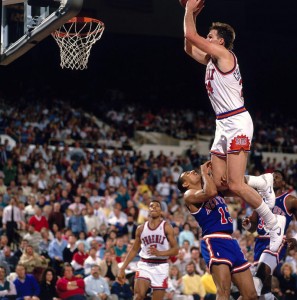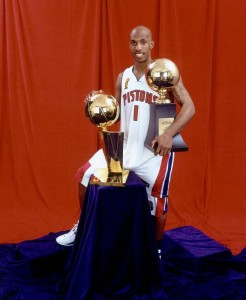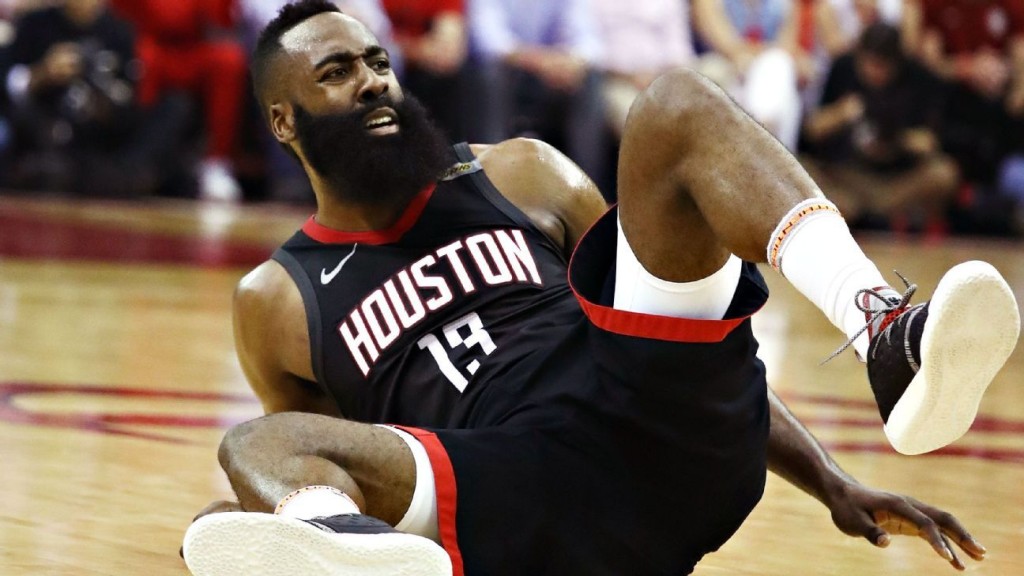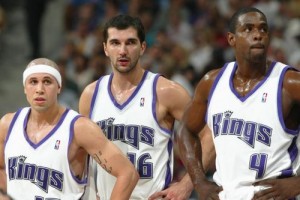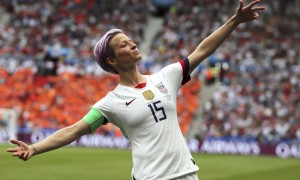
United States’ Megan Rapinoe celebrates after scoring the opening goal from the penalty spot during the Women’s World Cup final soccer match between US and The Netherlands at the Stade de Lyon in Decines, outside Lyon, France, Sunday, July 7, 2019. (AP Photo/Francisco Seco) ORG XMIT: XAF175
I am not a soccer fan.
I could not explain the basic rules of the game, nor tell you much of the history, other than Brazil holding the most World Cups.
While I understand it to be the world’s most popular sport, I really cannot provide a comprehensive explanation as to why.
And yet with all my superficial understanding of the game, the one thing that I am crystal clear about is my admiration for Women’s American Soccer star Megan Rapinoe.
Who is Megan Rapinoe? She grew up gay in Redding, California, which is just north of my birth town of Sacramento. While I know nothing about growing up gay, I do know Northern California. Aside of the San Francisco Bay area, it is culturally California’s version of “Middle America” and the South. It is politically an oasis of red among a sea of California blue. It is unabashedly pro-Trump.
Rapinoe was also the first white athlete to follow Colin Kaepernick’s lead and kneel during the national anthem in 2016. Her stance made such an impact that the U.S. Soccer authorities implemented a rule that mandated standing. So she has continued her protest by refusing to sing the National Anthem.
It was not a one time, “follow the trend” stance. When recently asked about being invited to the White House if the women win the World Cup, Rapinoe responded, “I doubt we get invited and even if we do, I would not go ‘to the fucking White House’.”
Some will say she is one of many that have rejected such invitations under the current administration. What makes her stance so admirable? For me the answer is the potential greater Black LGBT alliance. This is important because one of the most reliable tools the empowered use against the masses is “divide and conquer”. We can certainly continue to struggle for Black liberation on our own. And we will. LGBT can do the same for their human rights. I am sure that it will. The same can be said of undocumented citizens, labor, and a number of other marginalized demographic groups. But we would be much stronger working in coalition with others as opposed to working in silos.
While I am sure there are racist factions among the LBGT community, I am far more familiar with anti-gay bias among Black folks. They fall into one of two categories: ideological bigots, which are divided between the Evangelical or Nationalist factions; and the simple garden variety bigots. The primary reasoning seems to be the notion that comparing the LGBT movement with the Civil Rights movement trivializes our struggle. It is true that no two movements are exactly interchangeable. It is also true that the mere option of non-revelation is a tool that most Black folks have never had to combat the terrorism that we have endured. LBGT have such a tool.
Rapinoe acknowledges the distinctions when she said, “I haven’t experienced racial profiling, police brutality, or the sight of a family member’s body lying dead in the street. But I cannot stand idly by while there are people in the country who have had to deal with that kind of heartache”.
That, in my mind, is what an ally sounds like, and her actions have been consistent with her words.
What remains a mystery to me is the basic question around homophobia, for which I have yet to get any rational answer: How does the relationship, love, or even just sex, between consenting adults adversely affect your life? On the movement level: How does rejecting willing allies advance our agenda?
From my experience, the answers to these questions have routinely been based primarily on bigotry masquerading as cultural nationalism or religious integrity.
This year marks the 50th anniversary of the Stonewall uprising in New York City. It is considered to be the moment when a culmination of police brutality led the LGBT community to say enough is enough. And therein lies the basis for alliances. The same state sponsored harassment that LBGT was subjected to at Stonewall harassed Black folks in Selma, Alabama in 1965 and undocumented immigrants today. Those who use homophobia as a tool to stigmatize and oppress, often do the same with racism. Those who use racism often do the same with xenophobia. Those who use xenophobia often do the same with misogyny. The tools of oppression are equal opportunists in protecting the interests of the empowered class. Thus we must have the same openness in accepting willing reciprocal alliances. We need not have the exact same experiences. We only need to recognize injustice because as Martin Luther King said, “Injustice anywhere is a threat to justice everywhere”.
It is against this backdrop that Megan Rapinoe and many others from the LGBT community have expressed a desire to align with other struggles for human rights. It is only reasonable that they expect reciprocal solidarity for their human rights. If you have an issue with that, their sexual orientation isn’t the problem. You are!

